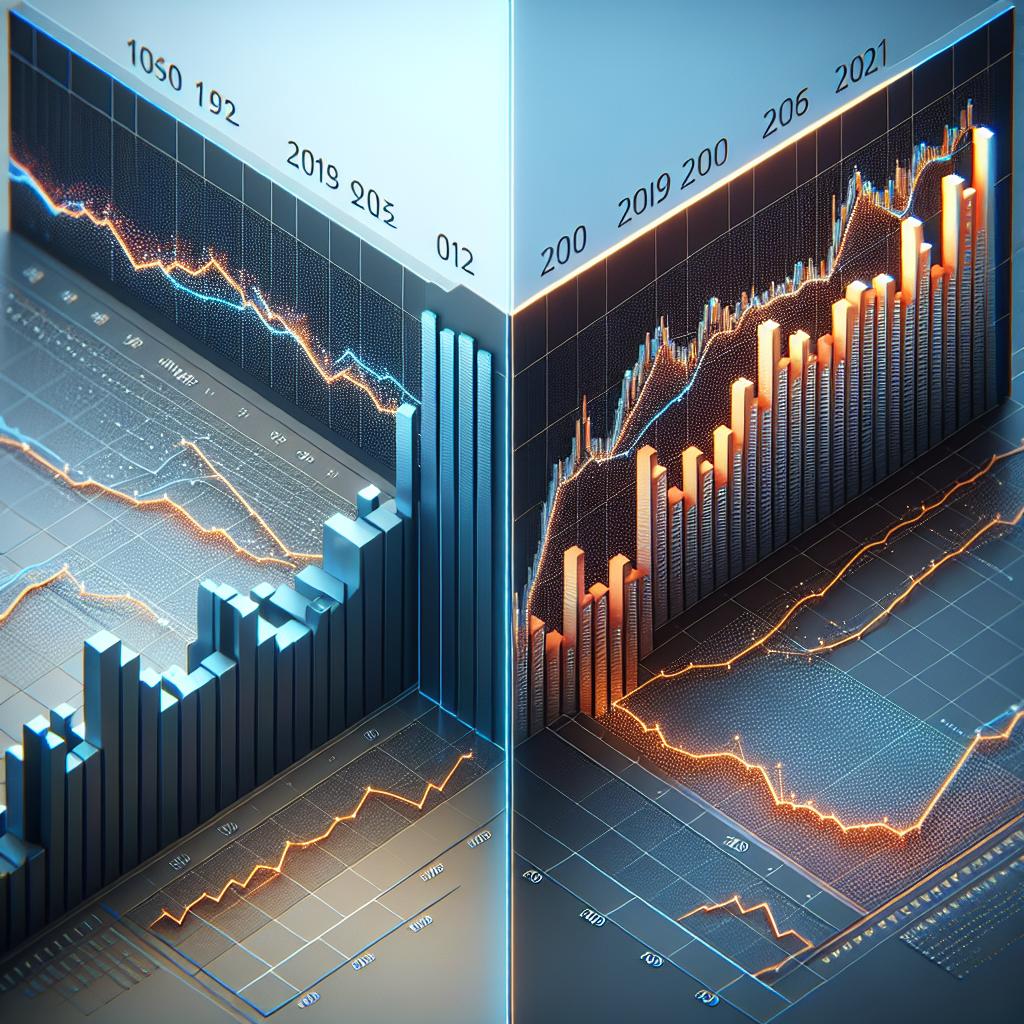

economic growth comparison illustration
Want to target the right audience? Sponsor our site and choose your specific industry to connect with a relevant audience.
Prominent brand mentions across targeted, industry-focused articles
High-visibility placements that speak directly to an engaged local audience
Guaranteed coverage that maximizes exposure and reinforces your brand presence
Interested in seeing what sponsored content looks like on our platform?
May’s Roofing & Contracting
Forwal Construction
NSC Clips
Real Internet Sales
Suited
Florida4Golf
Click the button below to sponsor our articles:
Sponsor Our ArticlesVice President Kamala Harris and former President Donald J. Trump presented their economic vision as they took the podium this week in North Carolina, providing vivid yet contrasting insights into their proposed economic policies. While both candidates support the expansion of government intervention to improve economic outcomes, their strategies diverge significantly.
In Raleigh, Vice President Kamala Harris started sketching out her take on progressive economics, a doctrine of economic thought that has gradually found popularity among Democrats over the past decade. The brand of economics that Harris endorses encourages active government involvement in fostering competition and rectifying inefficiencies in private markets.
Part of her approach centers around hefty tax increases on high-earning individuals and corporations and utilizing the resulted revenues to aid the struggling lower-income and middle-class populations to amass wealth. Additionally, under Harris’ economic policy, significant tax cuts would be provided to entities involved in sectors perceived as offering substantial economic benefits. These sectors notably include manufacturing technologies against climate change and affordable house construction.
In her speech, Harris promised to ensure the delivery of up to $25,000 in down-payment assistance to every first-time homeowner within a span of four years. She is also committed to allocating $40 billion to companies that construct starter homes.
Harris further plans to permanently instate an expanded child tax credit initially put out temporarily by President Biden in his 2021 stimulus law. Moreover, she offered enhanced assistance to new parents. In a strong move against corporate misconduct, Harris advocated a federal prohibition on price gouging in the food industry and suggested new federal laws to penalize businesses unjustifiably increasing food prices.
She firmly announced, “My plan will include new penalties for opportunistic companies that exploit crises and break the rules. We will help the food industry become more competitive, because I believe competition is the lifeblood of our economy.”
On the other hand, Trump’s economic speech, lasting 80 minutes, revolved around various subjects including his repeated concerns over “dangerous immigrants”. Although he did not give an exhaustive economic policy, his remarks provided clues about his economic viewpoint. Trump’s perspective of economic governance contrasts with that of Harris, showing another form of intervention that depends more on specific conditions and sectors.
Both Harris’s and Trump’s views on how the federal government should intervene in markets illustrate the fundamental difference between the Democratic and Republican economic models, offering voters stark choices regarding the future of the American economy.
News Summary U.S. senators have introduced the Strengthening VA Patient Advocacy for Rural Veterans Act,…
News Summary A newly formed patient advocacy group, Ucan Ireland, is dedicated to enhancing access…
News Summary The Health Equity Alliance (HEAL) has closed its doors permanently, significantly impacting the…
News Summary The International Chamber of Commerce (ICC) has announced an upgrade to its ICC…
News Summary The Singapore International Arbitration Centre has introduced the SIAC Gateway, an innovative online…
News Summary WellSky has launched its new CarePort Care Transitions Dashboard Suite to improve case…